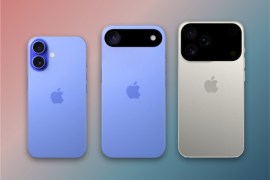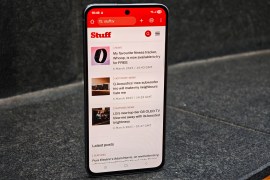Apple iPhone 6 vs Apple iPhone 6 Plus: the weigh-in
Confused about which of Apple’s new smartphones you should buy? Let’s dare to compare…

Now that the dust has settled in Cupertino and Apple’s next batch of iPhones is officially revealed, we can say this: neither the iPhone 6 nor the iPhone 6 Plus held too many surprises for us. Not because we’re particularly prescient or anything, but because both of these phones were leaked to high heaven before their launch.
Still, it’s nice to have all the details confirmed, not to mention the prices. Chances are, if you’re due a smartphone upgrade you’re probably looking at both new iPhones and wondering which is the ideal model for you. Well, we’re here to help – check out our spec and feature comparison to get a clearer picture of the differences.
READ MORE: iPhone 6 vs iPhone 5s: should you upgrade?
Design and build: thin and seamless
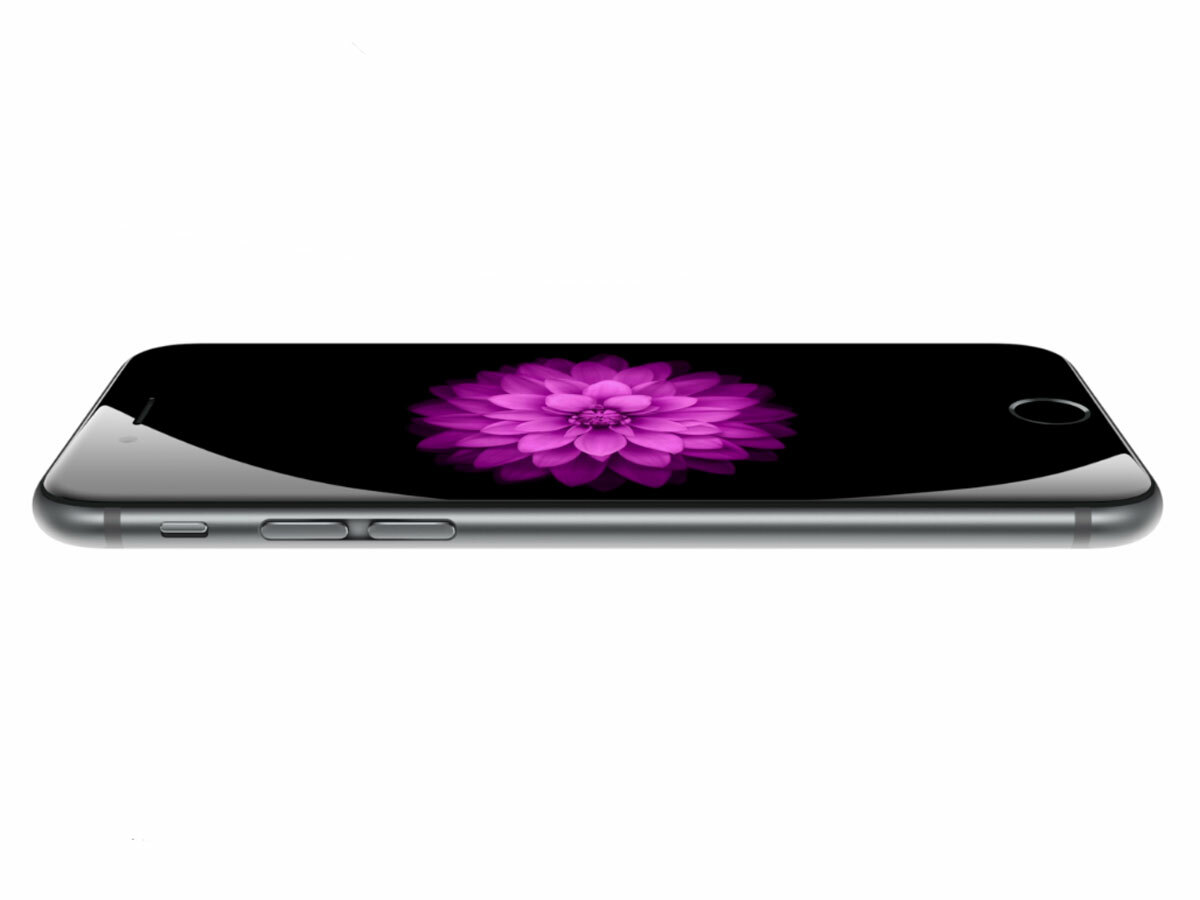
Aside from their overall sizes, the iPhone 6 and iPhone 6 Plus look incredibly similar: on each, the front glass panel curves seamlessly into the anodised aluminium side panels and back. They’re extremely thin, too: the iPhone 6 just 6.9mm and the iPhone 6 Plus barely fatter at 7.1mm. Both models are available in the same three finishes: gold, silver and space grey.
It’d be silly to pick a winner from two devices that look pretty much the same. OK, so the iPhone 6 Plus is bigger and wider, and thus less likely to appeal to stubby-fingered users – but really this round has to be called a straight-up tie. Both phones look lovely, we think.
Winner: Draw
Screen: the big differentiator?
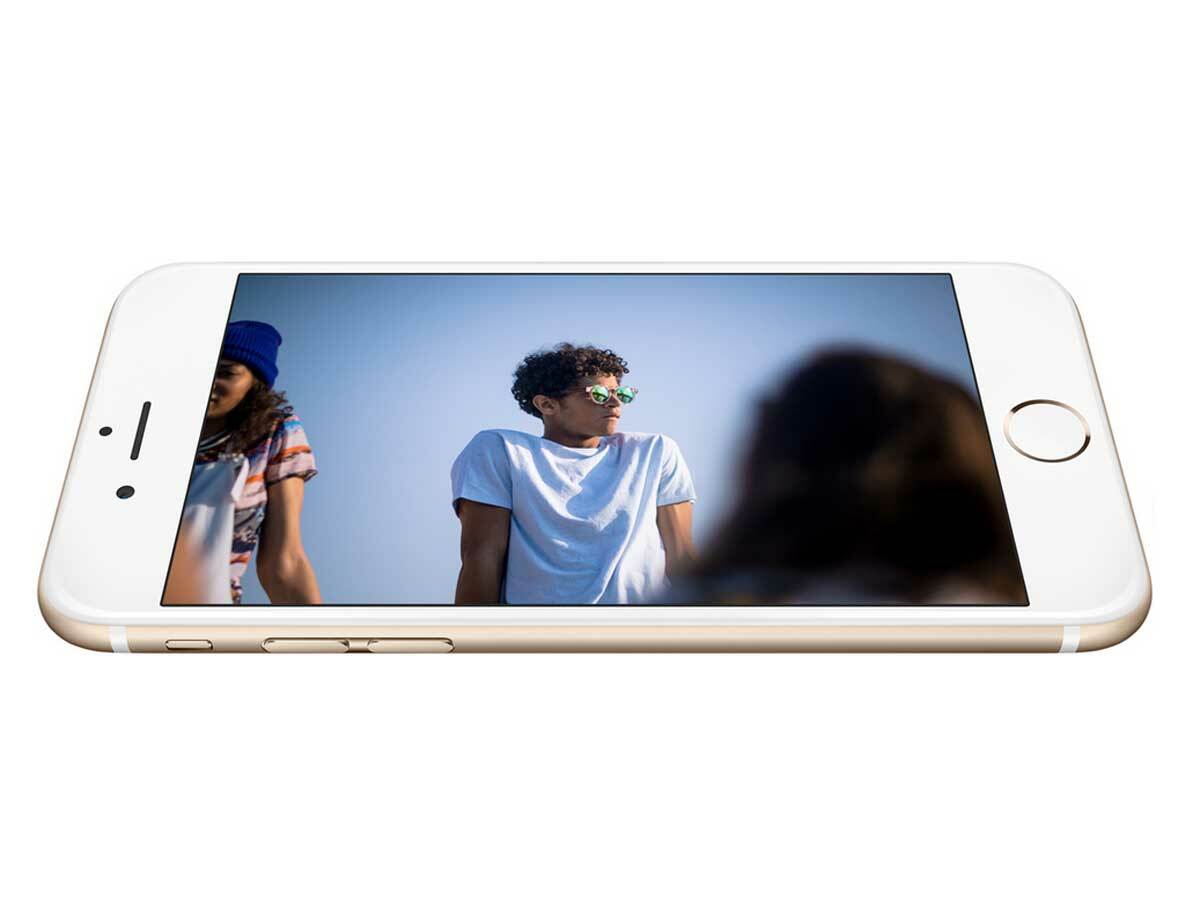
Screen size and resolution could well be the two areas that most clearly differentiate the iPhone 6 and iPhone 6 Plus. The former has a 4.7in display with a resolution of 1334 x 750 and a pixel density of 326ppi, which the latter sports a 5.5in screen with a 1920 x 1080 resolution and 401ppi pixel density.
Both, Apple says, are improvements on previous iPhone models in terms of colour, contrast, white balance, brightness, and viewing angles. Both have a new polariser that should make them easier to view while you’re wearing sunglasses, and both have new glass on their outer surface (it’s not the near-unbreakable sapphire glass of the Apple Watch, but it’s ion-toughened and less partial to shattering than previous iPhone screens).
So which is better? Well, without wishing to get all wishy-washy on you, it really depends on what you’re looking for. The iPhone 6’s screen may not have a particularly impressive resolution on paper, but in all honesty edges of objects and text are still going to look smooth and sharp unless you butt your nose right up against it. And many would claim that 4.7in is the sweet spot for a smartphone screen: big enough to display content properly but not too big for the average person’s hands or pockets. Others (although we suspect not as many) might feel they need the screen acreage of a phablet to see everything properly, in which case the iPhone 6 Plus – which is also the first iPhone to offer a landscape home screen and native apps – is the obvious choice.
Us? We suspect the 4.7in iPhone 6 will be the more popular choice and with good reason, although the 5.5in screen of the iPhone 6 Plus is surely the “better” display on paper. So that’s a draw, we suppose.
Winner: Draw
READ MORE: Apple iPhone 6 hands-on
Camera: OIS is the best
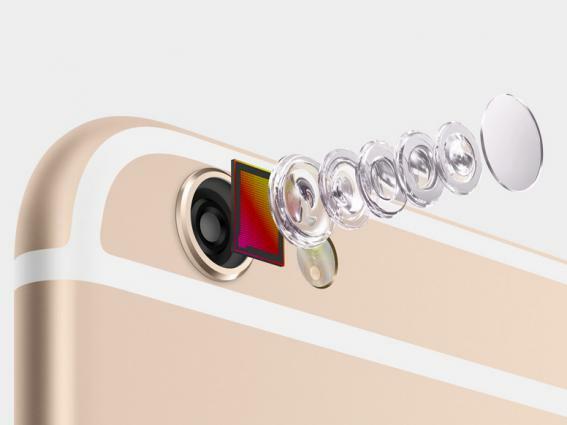
Both models sport an 8MP iSight camera with f/2.2 aperture, True Tone flash and 1.5-micron Focus Pixels, which Apple says speeds up the autofocus. On the video front, both can now record 1080p footage at 60fps and slow motion 720p footage at 240fps. All of that sounds good to us – but there’s one crucial difference between the two: the iPhone 6 Plus has optical image stabilisation, which physically moves the lens components to compensate for your hand’s movements. It’s a feature which should drastically boost the iPhone 6 Plus’ performance in low light, and we’re a bit disappointed Apple couldn’t fit it into both models.
Winner: Apple iPhone 6 Plus
OS: they’re the same
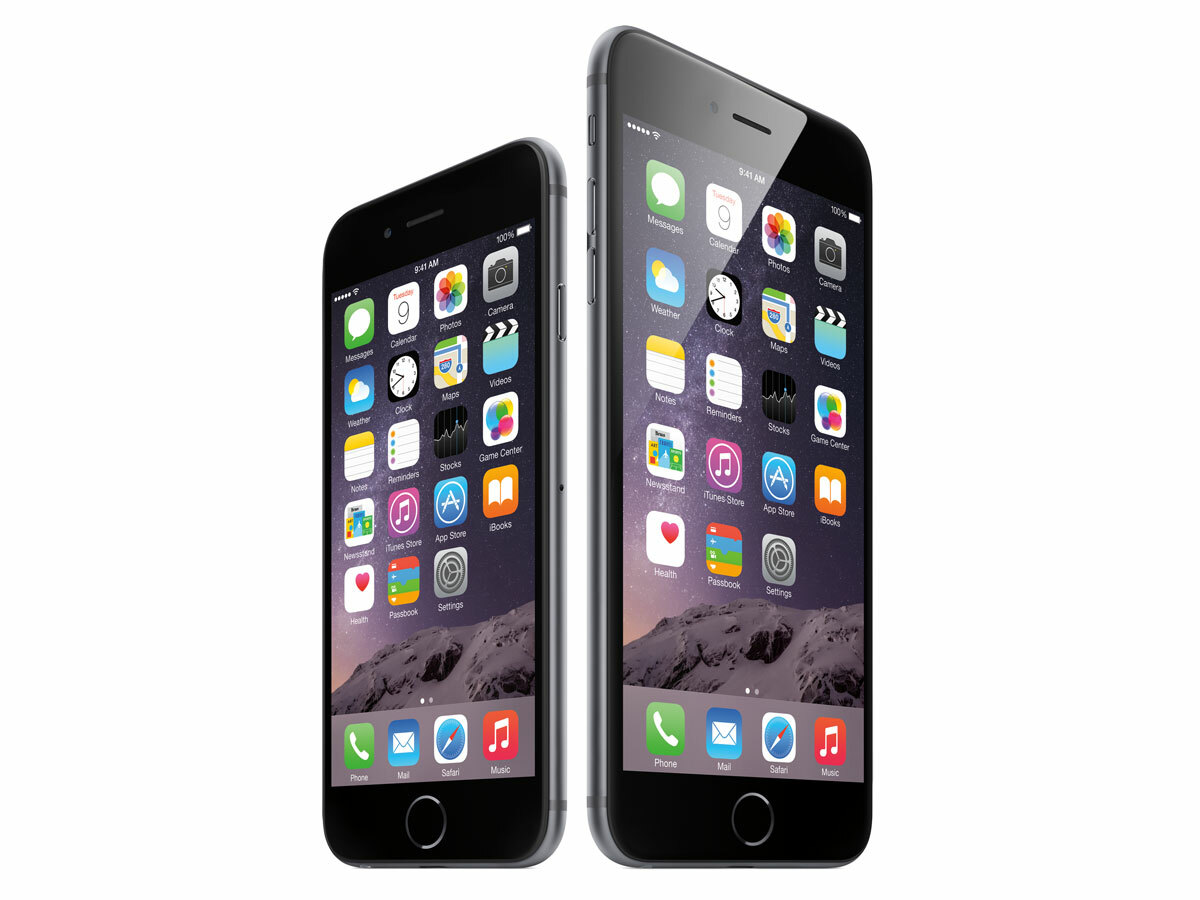
Oh, come on.
Look, they both use iOS 8. It’s the same operating system on both phones. Got to be a draw.
Not happy? Alright then, we’ll bite. We suppose you could say the iPhone 6 Plus has a slightly different OS because it supports landscape orientation on more apps – but nobody in their right mind is going to buy a phone just for that. So we’re sticking with a draw.
Winner: Draw
READ MORE: Apple iPhone 6 Plus preview
Performance: ditto
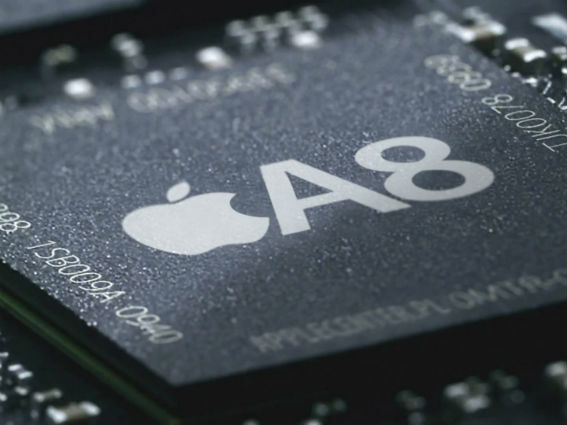
Again, both smartphones feature the same vital innards: Apple’s new A8 processor (which the company says is 50 percent more efficient than the iPhone 5s’ A7 processor), as well as an improved M8 motion coprocessor. Both models come in 16GB, 64GB and 128GB capacities. Performance should be exactly the same, to all intents and purposes – although we realise that the iPhone 6 Plus has more pixels and thus might require a little more power to push them.
Battery life, however, isn’t the same. The iPhone 6 Plus has a larger battery (because it has more room for one) and thus should go on for longer than its little brother: Apple claims the iPhone 6 offers 14 hours of 3G talk time, 10 days of standby time and 10 hours of 3G web browsing, while the iPhone 6 Plus offers 24 hours, 16 days and 12 hours. That’s enough to nudge it ahead in our opinion.
Winner: Apple iPhone 6 Plus
Verdict: Shock! The iPhone wins!
If you go through and tally up each section, the iPhone 6 Plus is the “better” of the two iPhones – at least on paper. However, we suspect that the 6 Plus’ large size and pricing (almost £800 for the 128GB model!) will ensure that the “normal” iPhone 6 proves itself a more popular choice – and for most of us, it’s probably the more suitable of the two.
READ MORE: Apple iPhone 6 vs Samsung Galaxy S5: the weigh-in


